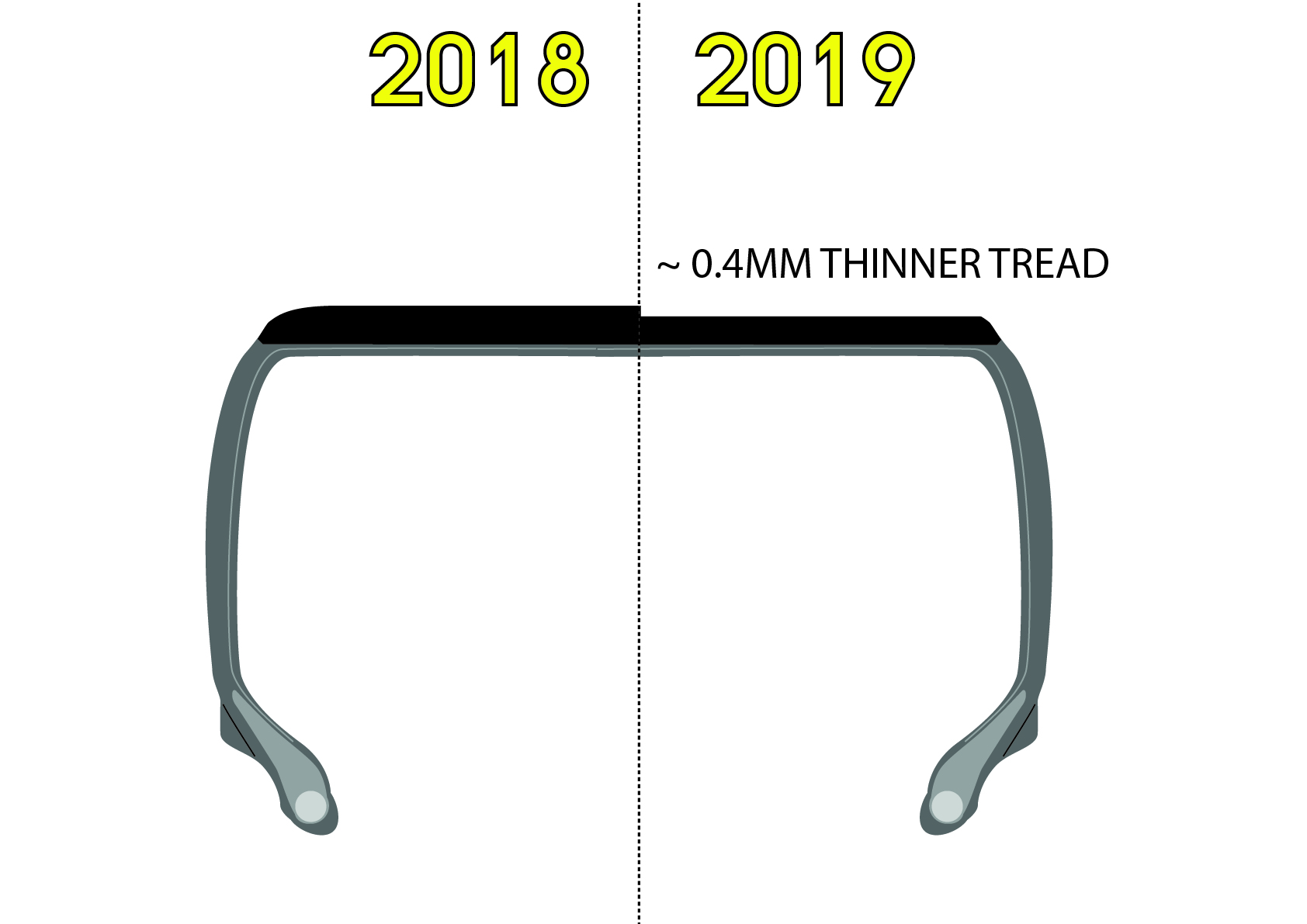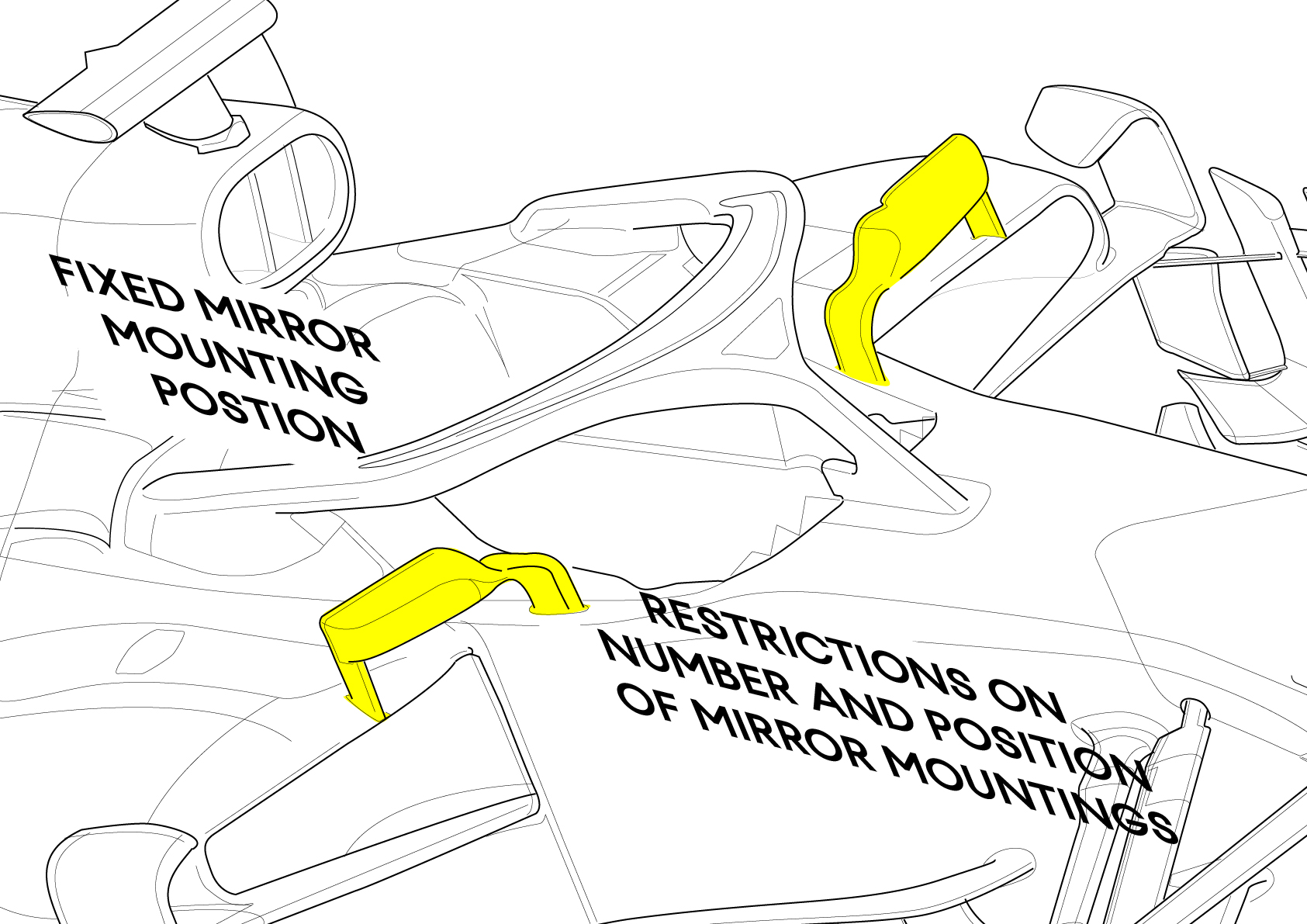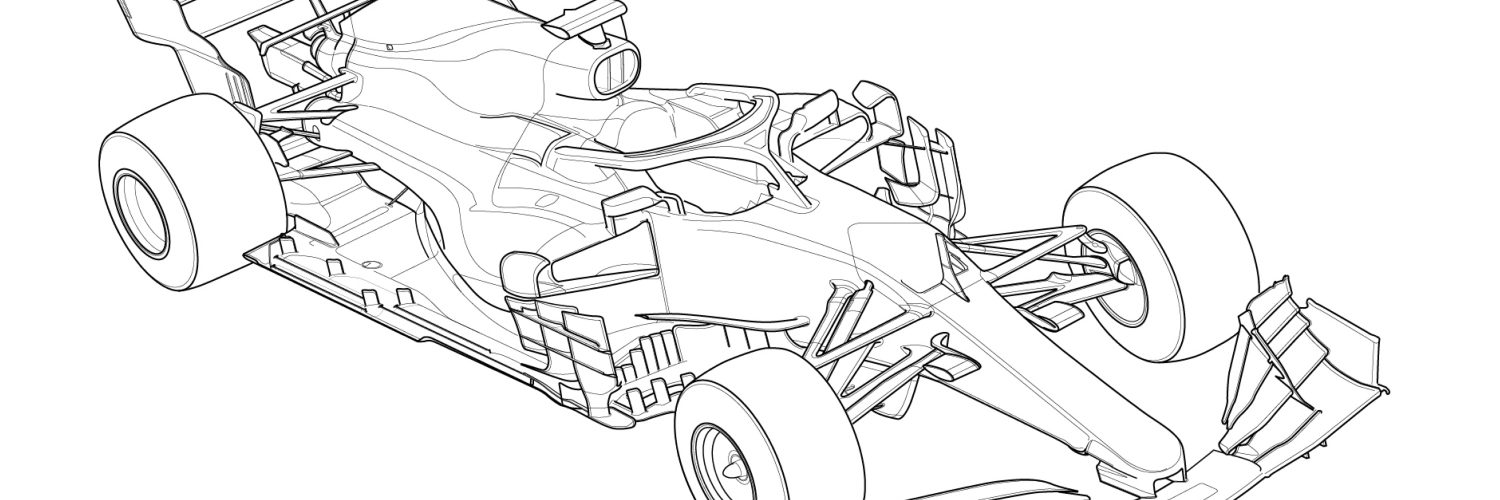The ‘bread and butter’ of the technical regulations is to tune the performance of the cars, either limiting or freeing up design to meet the FIA’s aims for the series.
Thin gauge tyres

The biggest change this year, aside from the overtaking-based rule changes, will be the tyre design. Pirelli has the F1 tyre supply tender, which has now been extended to 2023. While Pirelli makes the tyres, they are designed according to a specification from the FIA, which sets out the nature of their performance, both outright in grip, but also the rate in which they degrade during a stint.
Despite a move towards softer compound tyres in 2018, the result was that the tyres were still particularly durable, and one stop races became too predictable and the scope for alternative race tyre strategies was unfortunately limited.
One feature of the 2018 tyres was revised for a few specific races, where high cornering forces and a new smooth surface would have led to tyre blistering. The Barcelona, Silverstone and Paul Ricard races were run with tyres with less tread or a thinner gauge, as Pirelli terms them. The thinner tread holds less heat and the movement in the tread itself leads to less heat generated by the tyre. This change reduces the risk of blistering, but of course gives the driver less rubber to race on.
For 2019, along with the new inner tyre construction and compound labeling, all the tyres will now be thin gauge. This again reduces the risk of blisters, but will reduce the tyre life, as once the reduced tread is worn out, the tyre’s performance will drastically reduce. This should reduce the early stint tyre blister management seen in 2018 and encourage more aggressive opening stints, with the need to potentially stop more than once in the race due to the rapid wear.
Fuel allowance
Further aiding the desire for flat out stints is the increase in race fuel, which now gives the driver an extra 5kg of fuel in the race. This takes the total fuel up to 110kg, still some thirty percent less than in the V8 era. It should be noted, however, that this will not increase the fuel flow rate (restricted back in 2014 to an instantaneous rate of 100kg/hr), so the engines will not be more powerful as a result of this rule.
In theory, this means the drivers should have less fuel management to worry about during the races, but the reality is that teams can still short-fuel their cars then rely on safety cars and lift/coast to complete the race. This is in order to start the race with the lightest possible car. Also, as the driver is still restricted in the number of power units they can use during a season, there will still be an aspect of engine-saving during a race, further negating the potential gain of this extra fuel.
Mirror design

Two other small aspects of performance, this time related to aero, has been added to the rule book. Several teams started to push the limit of the regulations with their rear-view mirror designs in recent years. For example: Force India running with three mounts for each mirror pod, Red Bull doing something similar with even more overtly aero mountings and, most noticeably, Ferrari having a vented mirror pod to reduce drag and redirect airflow over the car. So, the rules have been updated to fix the mirror position into a smaller area and limit the number and complexity of the mirror mountings. As it stands, the Ferrari vented mirror concept can still be run, but there could be a debate around what constitutes the mirror housing, as one could argue Ferrari use an inner mirror housing with a wrap around mount to form the vented set up.
Freespace ahead of sidepods
The other aero change, that isn’t related to overtaking aims, is a small rewrite of the area where the bargeboards are allowed and the free space that must exist behind the bargeboards and ahead of the sidepod/floor. There remain similar restrictions between the new and old regulations, but teams will still want to exploit the potential that the revised areas afford them.
Read more: F1 technical regulations for 2019 – Overview




Would there be lower costs and better
racing if tyres were made ultra durable,capable of being driven fat out
for an entire race ‘But’ mandatory 1,2 or 3 pit stops at say laps 10 25 40 set
by the FIA after qualifing,making each race unique with a element of unpredictability